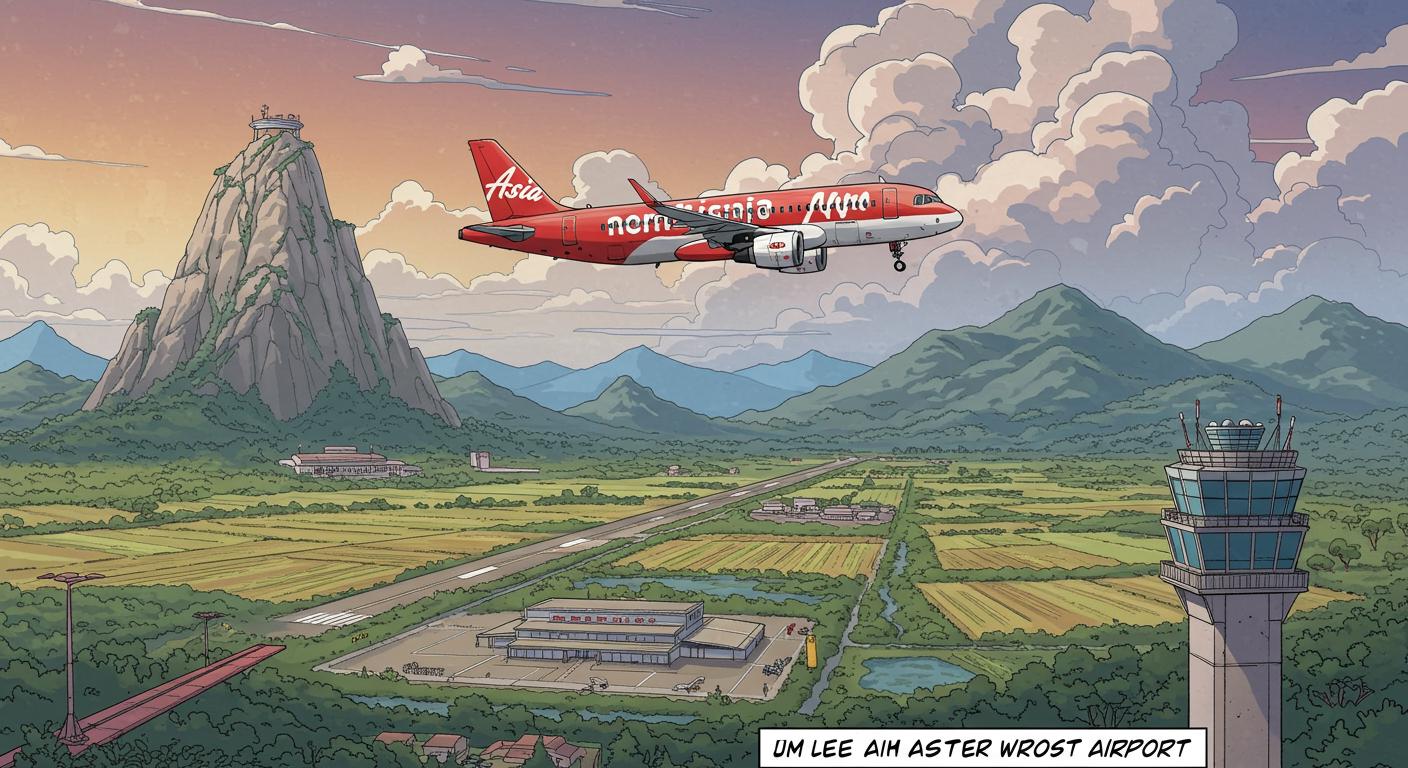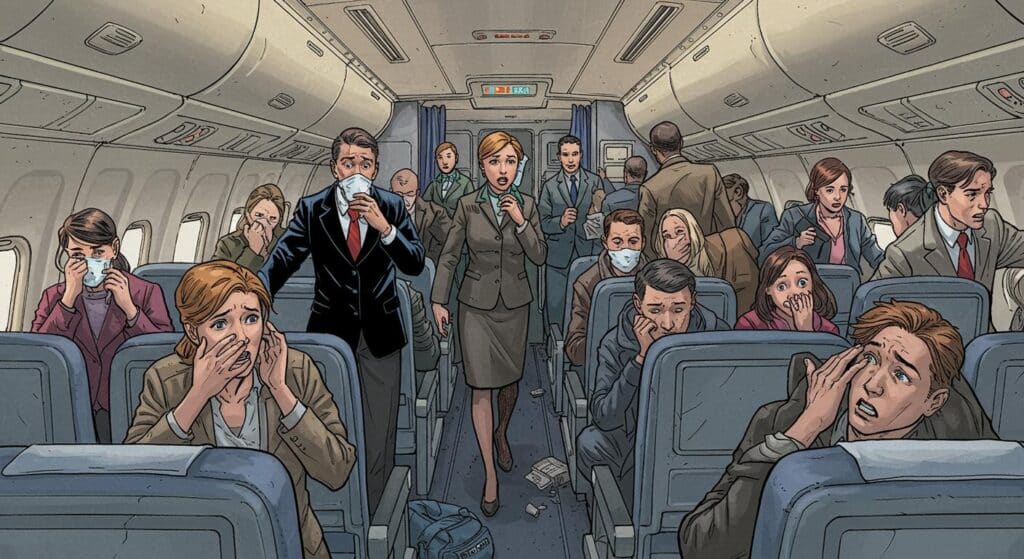At some point, most of us have idly mused about what could go wrong on a flight: turbulence, lost baggage, a crying baby. But “landing at the wrong airport” typically isn’t high on the list. This week, however, AirAsia’s Flight D7 506 decided to go the extra 35 kilometers—just not in the direction anyone expected.
Where Are We, Exactly?
As The Straits Times reports, the Malaysia-based low-cost airline found itself at the center of a (mostly confused) social media storm after their Kuala Lumpur to Seoul service touched down at Gimpo International Airport. The problem? All 159 souls on board, plus at least one crew member’s hopeful parents, had booked tickets to Incheon. Imagine preparing for a long-delayed reunion at Arrivals, only to realize your loved one has materialized at an entirely different airport—with no explanation forthcoming.
According to Sinar Daily, confusion inside the cabin escalated when the captain announced “Welcome to Incheon!” Passengers dutifully sprang into action, reaching for overhead bags—until a few outside glances revealed suspiciously unfamiliar surroundings and phone-based geolocation confirmed their suspicions. In an interview with The Korea Herald, relayed by The Straits Times, Ms. Lee Mi-hyun, a passenger returning to Korea with her family, described the moment candidly: “The cabin crew didn’t know we had landed at Gimpo until passengers told them… One crew member even said she needed to call her parents, who were waiting for her at Incheon International Airport.” It’s hard not to empathize with that urge, but shouldn’t the crew be the least surprised people on the plane?
Another passenger, a 38-year-old surnamed Kim, told Korea JoongAng Daily as referenced by theSun, “A passenger mentioned we were at Gimpo, not Incheon, and even the crew looked surprised and asked us to confirm. Once the crew realised it really was Gimpo, they became visibly flustered.”
Not in the Brochure
So, what went wrong? Korea Airports Corp., cited in The Straits Times, attributed the unexpected detour to turbulence and air traffic congestion over Incheon, prompting the pit stop at Gimpo for refuelling. Once on the ground, events took a subtle turn from “weird” to “gently farcical.”
Lee recounted to The Korea Herald (as reported by Sinar Daily) that everyone—staff included—remained in limbo for nearly two hours. “They seemed just as confused as the passengers. No water was offered, and there was almost no food left on board, leaving passengers with children upset. Some even said they would rather get off at Gimpo before the plane departed for Incheon,” she said. Kim, also interviewed for Korea JoongAng Daily, mentioned that travelers were given conflicting explanations, including turbulence and a fuel shortage, but insisted there was no clear sign the plane had actually been refueled.
Adding to the uncertainty, another passenger named Ryu, 39, reported to The Korea Herald (as highlighted in The Straits Times) that, “there was no clear explanation of what caused the landing error or any effort to reassure passengers” during the two-hour delay.
Eventually, after public announcements of apology by both the captain and crew while en route to Incheon, the journey resumed. The plane landed at the correct airport at 10:59pm, according to Korea Airports Corp., cited in both The Straits Times and Sinar Daily. Although, after such excitement, a routine landing might feel almost anticlimactic.
Procedure vs. Perception
Unexpected diversions, it’s true, happen from time to time. Pilots reroute for storms or overfilled runways, and airports are not black holes sealed off from possibility. But it’s not every day both crew and passengers seem equally in the dark. In its official statement, as relayed by The Straits Times, AirAsia X clarified that standard procedures were followed, and updates about the diversion were given in English. The airline acknowledged, however, a miscommunication by the cabin crew upon arrival—which was soon corrected by the captain.
Benyamin Ismail, AirAsia X’s chief executive, said that the carrier will “review our internal announcements and onboard information-sharing processes to ensure greater clarity in such situations.” He also stated that travel vouchers will be offered to affected passengers as a goodwill gesture. The airline’s initial handling—or, depending on your perspective, mishandling—of real-time communication clearly didn’t go unnoticed.
Can We Blame Mercury Retrograde?
Ultimately, the flight landed safely. No scandal, no actual danger, just a surplus of befuddlement. Passengers will reportedly be compensated with travel vouchers, a modern form of airline apology. Still, many noted in outlets like Sinar Daily and The Straits Times that AirAsia’s explanations came too little, too late.
It does leave one marveling: How does an international flight, bristling with navigation and communication tech, accidentally turn a simple detour into an existential travel riddle for all involved? How often do the professionals become the bewildered, at the hands of weather and circumstance?
At the end of the day, maybe every passenger’s real question is the same: If you can’t count on showing up where your ticket says, what can you count on? For AirAsia, at least, there’s a new internal memo in the works—and likely a few more harried reunions in the arrivals hall next time.







